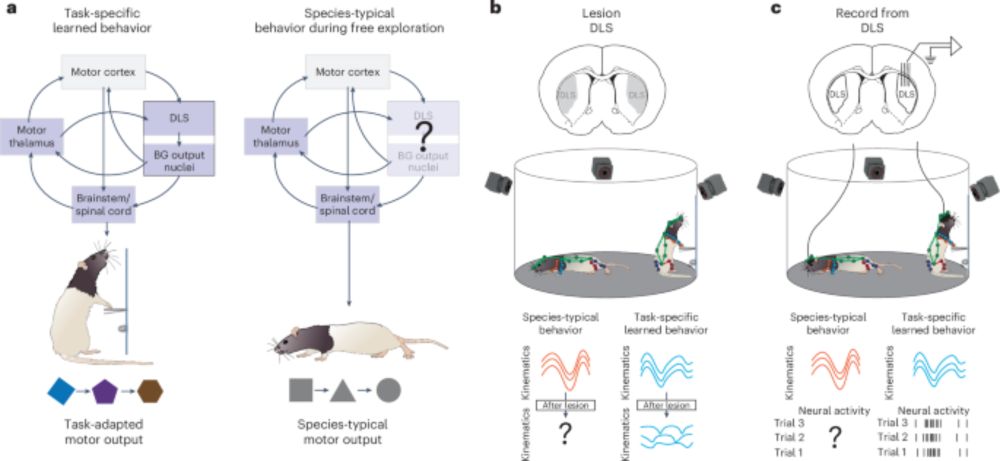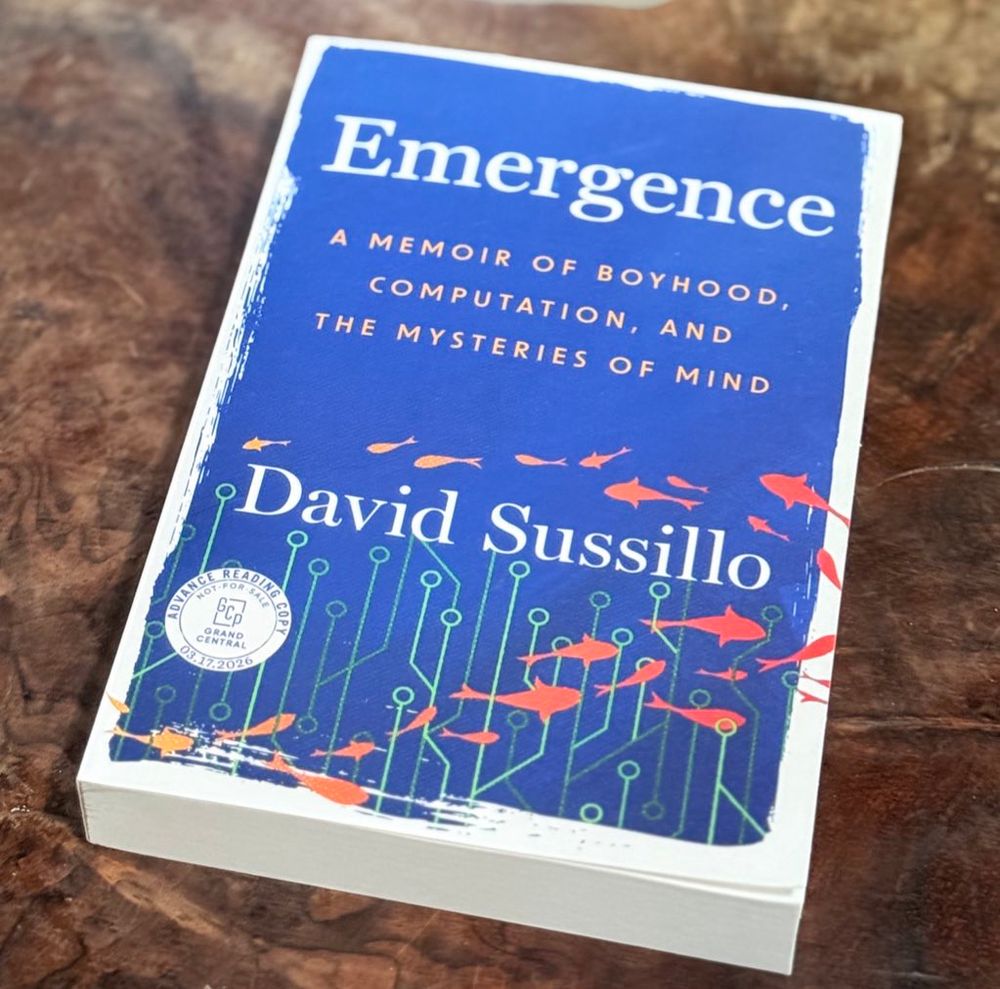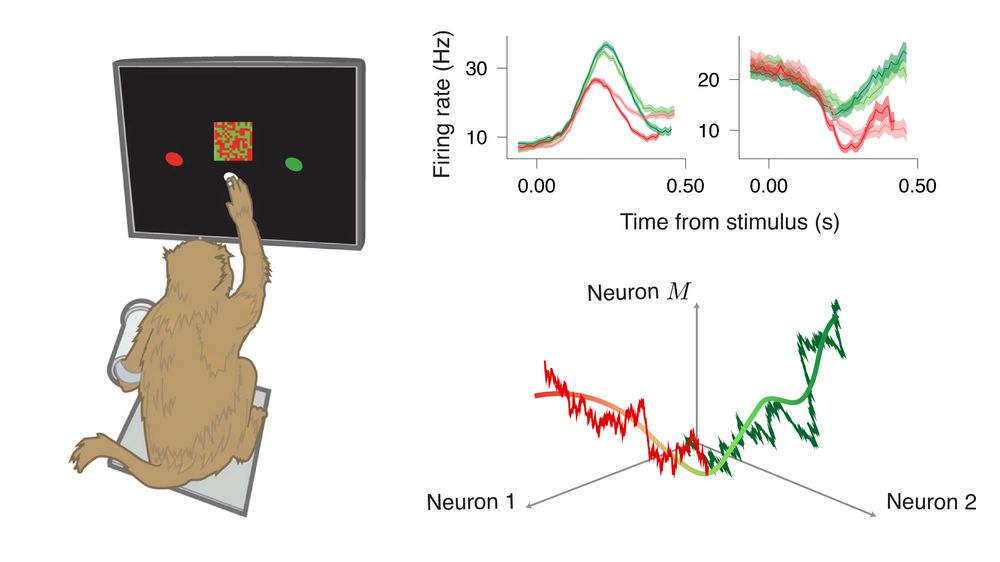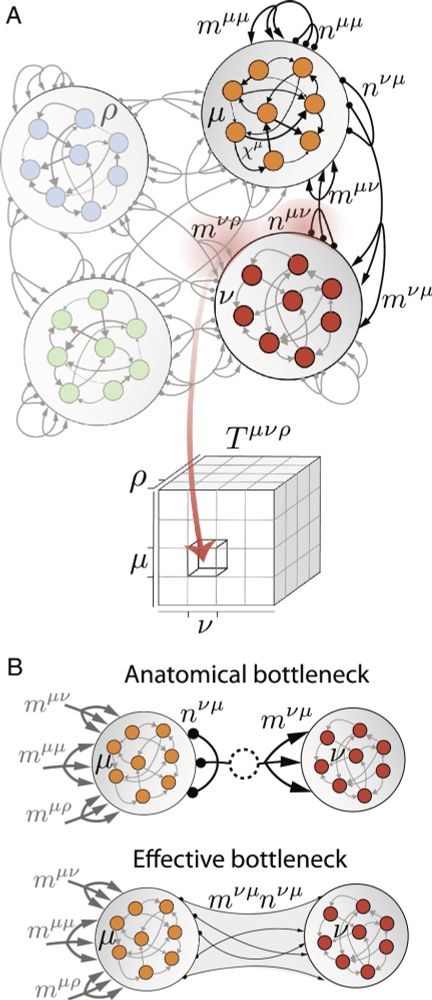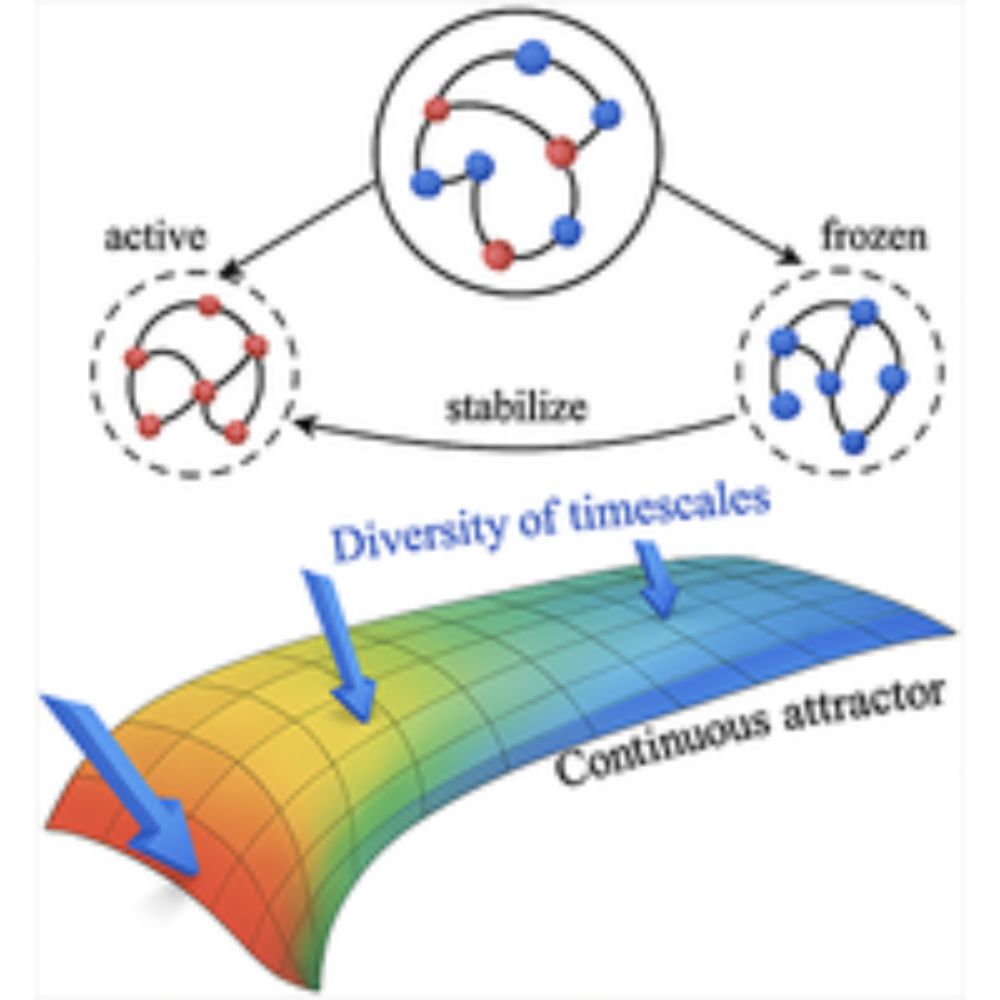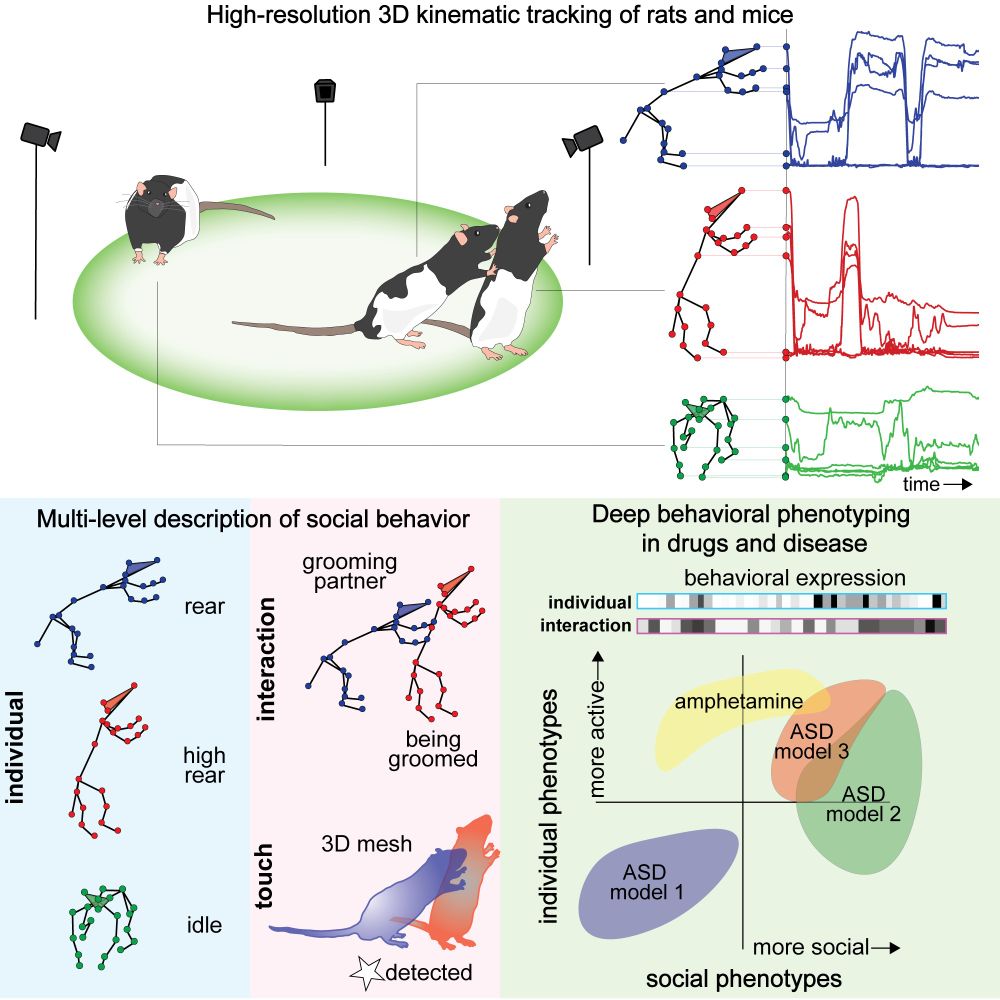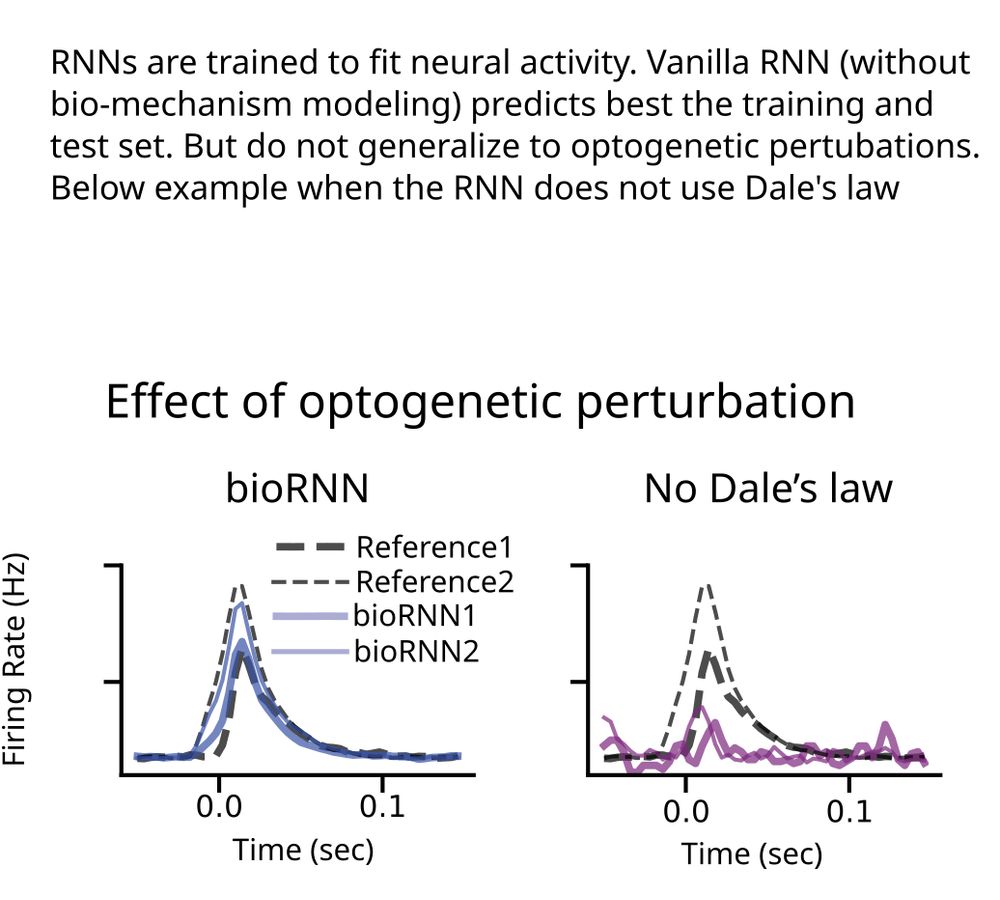Alex van Meegen
@avm.bsky.social
260 followers
360 following
5 posts
Theory of Neural Networks (how the heck do they work?) | Postdoc @EPFL, prev. Swartz Fellow @Harvard and PhD @FZJuelich | https://alexvanmeegen.github.io | Background art by https://bettina-hachmann.de
Posts
Media
Videos
Starter Packs
Reposted by Alex van Meegen
Reposted by Alex van Meegen
Reposted by Alex van Meegen
Reposted by Alex van Meegen
Jacob Zavatone-Veth
@jzv.bsky.social
· Sep 4
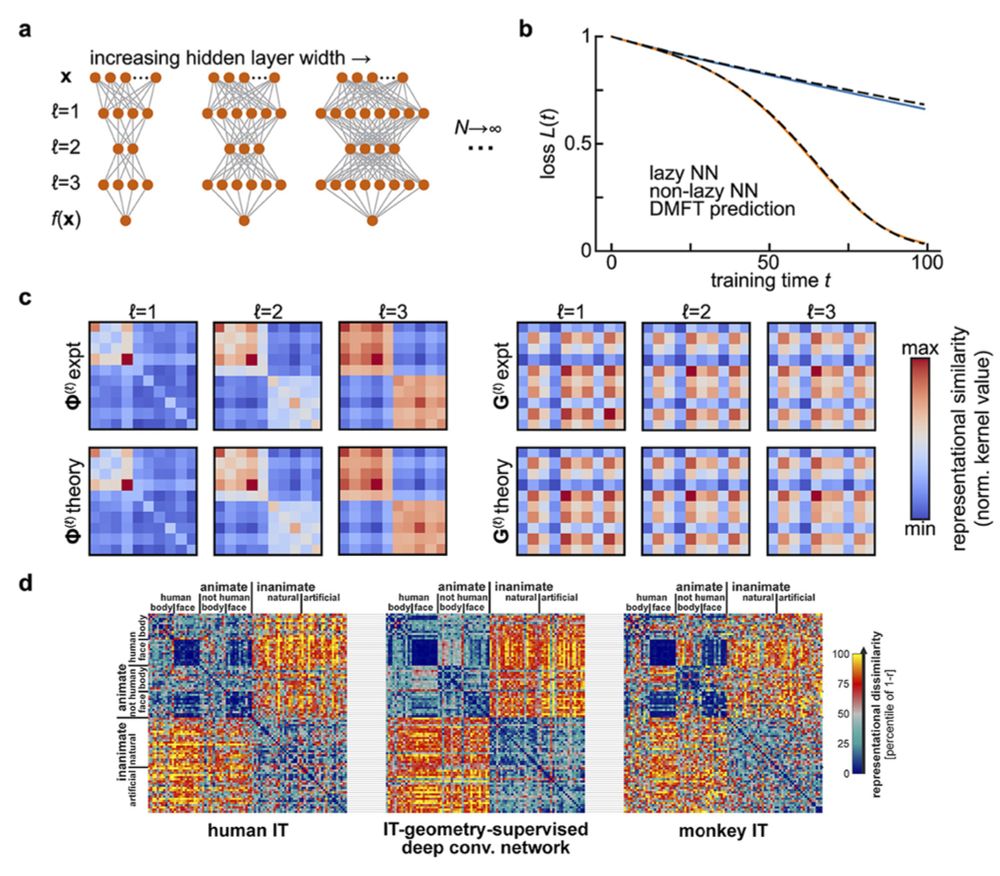
Frontiers | Summary statistics of learning link changing neural representations to behavior
How can we make sense of large-scale recordings of neural activity across learning? Theories of neural network learning with their origins in statistical phy...
www.frontiersin.org
Reposted by Alex van Meegen
Venki Murthy
@neurovenki.bsky.social
· Sep 4

Convergent motifs of early olfactory processing are recapitulated by layer-wise efficient coding
The architecture of early olfactory processing is a striking example of convergent evolution. Typically, a panel of broadly tuned receptors is selectively expressed in sensory neurons (each neuron exp...
www.biorxiv.org
Reposted by Alex van Meegen
David G. Clark
@david-g-clark.bsky.social
· Aug 25

Associative synaptic plasticity creates dynamic persistent activity
In biological neural circuits, the dynamics of neurons and synapses are tightly coupled. We study the consequences of this coupling and show that it enables a novel form of working memory. In recurren...
www.biorxiv.org
Reposted by Alex van Meegen
Ann Kennedy
@antihebbiann.bsky.social
· Aug 20
Theoretical neuroscience has room to grow
Nature Reviews Neuroscience - The goal of theoretical neuroscience is to uncover principles of neural computation through careful design and interpretation of mathematical models. Here, I examine...
www.nature.com
Reposted by Alex van Meegen
David G. Clark
@david-g-clark.bsky.social
· Aug 19
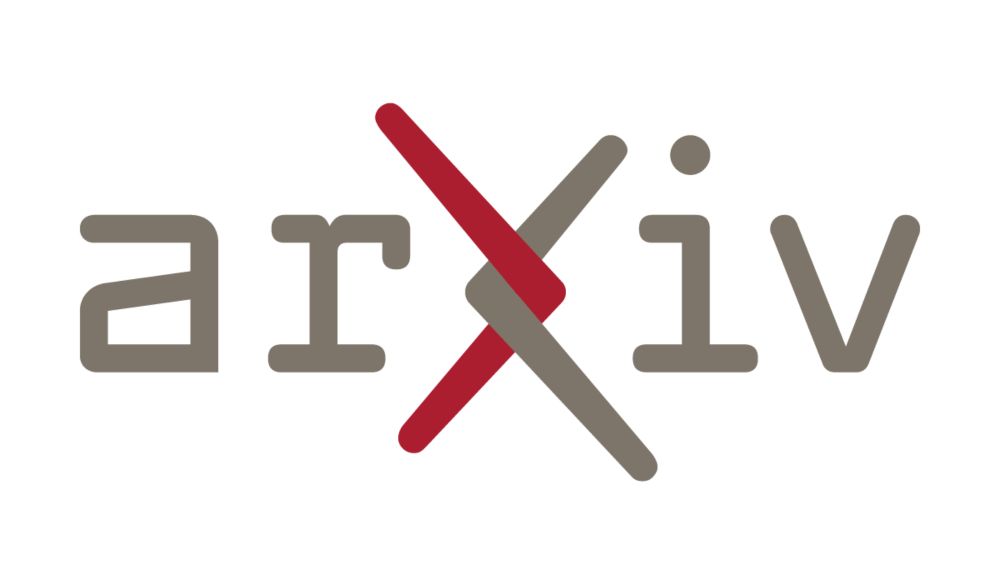
Connectivity structure and dynamics of nonlinear recurrent neural networks
Studies of the dynamics of nonlinear recurrent neural networks often assume independent and identically distributed couplings, but large-scale connectomics data indicate that biological neural circuit...
arxiv.org
Reposted by Alex van Meegen
Alex van Meegen
@avm.bsky.social
· Aug 1
Reposted by Alex van Meegen
Reposted by Alex van Meegen
Alex van Meegen
@avm.bsky.social
· Jun 10
Reposted by Alex van Meegen
Matteo Carandini
@carandinilab.net
· Jun 9

High-dimensional neuronal activity from low-dimensional latent dynamics: a solvable model
Computation in recurrent networks of neurons has been hypothesized to occur at the level of low-dimensional latent dynamics, both in artificial systems and in the brain. This hypothesis seems at odds ...
www.biorxiv.org
Reposted by Alex van Meegen
David G. Clark
@david-g-clark.bsky.social
· Mar 26
David G. Clark
@david-g-clark.bsky.social
· Jan 29

Symmetries and Continuous Attractors in Disordered Neural Circuits
A major challenge in neuroscience is reconciling idealized theoretical models with complex, heterogeneous experimental data. We address this challenge through the lens of continuous-attractor networks...
www.biorxiv.org
Reposted by Alex van Meegen
Reposted by Alex van Meegen
Lorenzo Posani
@lorenzoposani.com
· Feb 13

Rarely categorical, always high-dimensional: how the neural code changes along the cortical hierarchy
A long-standing debate in neuroscience concerns whether individual neurons are organized into functionally distinct populations that encode information differently ("categorical" representations) and the implications for neural computation. Here, we systematically analyzed how cortical neurons encode cognitive, sensory, and movement variables across 43 cortical regions during a complex task (14,000+ units from the International Brain Laboratory public Brainwide Map data set) and studied how these properties change across the sensory-cognitive cortical hierarchy. We found that the structure of the neural code was scale-dependent: on a whole-cortex scale, neural selectivity was categorical and organized across regions in a way that reflected their anatomical connectivity. However, within individual regions, categorical representations were rare and limited to primary sensory areas. Remarkably, the degree of categorical clustering of neural selectivity was inversely correlated to the dime
www.biorxiv.org
Reposted by Alex van Meegen
Tatiana Engel
@engeltatiana.bsky.social
· Feb 12
Reposted by Alex van Meegen
David G. Clark
@david-g-clark.bsky.social
· Jan 29

Symmetries and Continuous Attractors in Disordered Neural Circuits
A major challenge in neuroscience is reconciling idealized theoretical models with complex, heterogeneous experimental data. We address this challenge through the lens of continuous-attractor networks...
www.biorxiv.org
Reposted by Alex van Meegen



